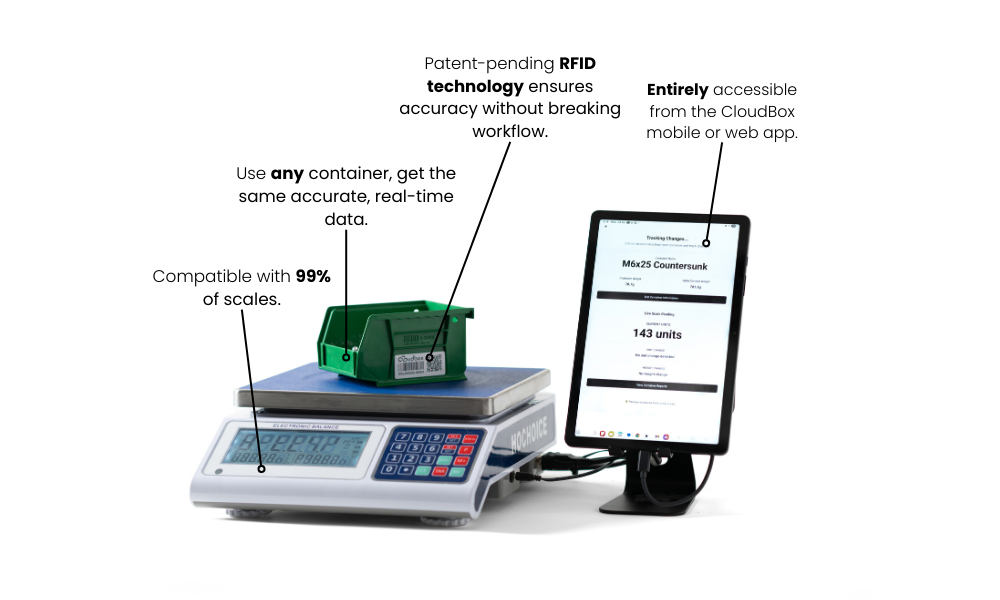.png)
Choosing the right inventory system is one of the most important decisions a business can make, especially if you rely on fast, accurate product movement. Whether you operate in cannabis, logistics, pharmaceuticals, or high-value retail, inventory is the heartbeat of your operation. Yet many business owners struggle with outdated tools, overcomplicated spreadsheets, or systems that just don’t scale.
So how do you find the right system for your needs?
Start with Your Inventory Goals
Not every business tracks inventory for the same reason. Some want to prevent shrinkage or loss. Others care more about speed and real-time access. Some need robust compliance reporting, while others focus on multi-location visibility. Before evaluating software, clarify your priorities. Are you looking to save time? Improve audit accuracy? Scale without adding more labor?
Your goals should guide your selection criteria.
Evaluate Based on Workflow, Not Features
Feature checklists can be misleading. Many systems offer the same surface-level promises, but not all are built for your day-to-day operations. Instead of comparing which tools have the longest list of features, ask how the system fits into your team’s actual workflow.
Does it reduce manual auditing? Can your team access real-time counts without leaving the sales floor or stockroom? Will it integrate with your POS or compliance software? Does it help with receiving and restocking? These workflow-based questions are far more important than just having barcode scanning or cloud backups.
Look for Real-Time Visibility
One of the most common pain points in inventory management is the time lag between what your records say and what is actually on hand. Systems that offer real-time inventory data remove guesswork, reduce miscounts, and allow faster restocks and sales decisions.
For industries with volatile demand, such as cannabis retail or just-in-time logistics, having second-by-second data makes a measurable difference in revenue and efficiency.
Consider Scalability and Usability
You might have ten products now, but what happens when you scale to one hundred or one thousand? The right system should grow with you, without requiring major overhauls or retraining. It should also be easy enough for your least tech-savvy employee to use confidently. If your team avoids using it, it won’t matter how advanced the system is.
Ask about onboarding, support, and learning curves before making a commitment.
Integrations and Ecosystem Compatibility
Inventory does not exist in a vacuum. It touches your point-of-sale, your compliance tools, your purchasing department, and your sales reporting. The best systems play well with others. They integrate directly or allow data exports that are easy to use in your other platforms.
Make sure your inventory data is not locked in a silo.
What to Watch Out For
Avoid systems that require constant manual updates, rely on outdated hardware, or cannot track inventory movement between locations. Stay away from software that has poor customer support or lacks a clear roadmap for future development. And if the pricing structure is based on features you don’t use, you may be overpaying.
A Smarter Approach
The best inventory system is one that fits into your business like a natural extension of your team. CloudBox was built with this principle in mind. Our smart containers track inventory levels in real time, reduce labor costs, and integrate directly into your workflows. Whether you operate a single storefront or a multi-location network, CloudBox helps you stay ahead of shrinkage, audits, and slow decision-making.
If you are evaluating inventory systems right now, we would be happy to show you how CloudBox compares.
.avif)






.png)
.png)




